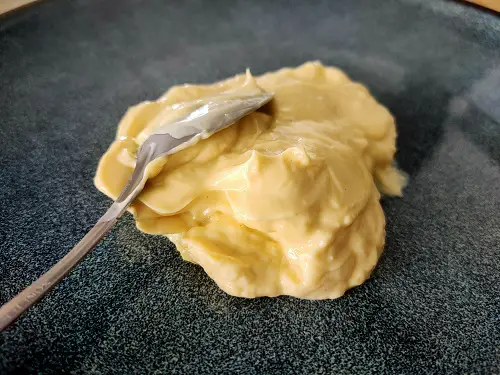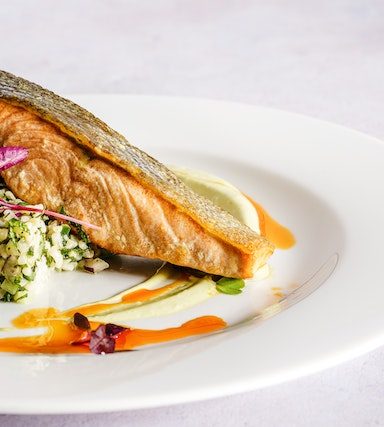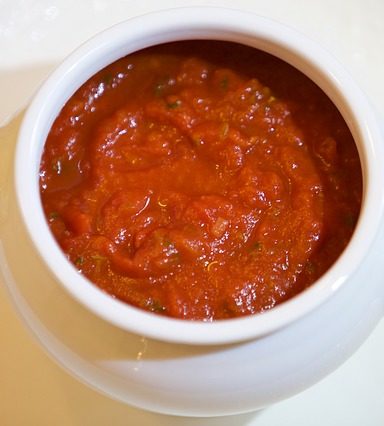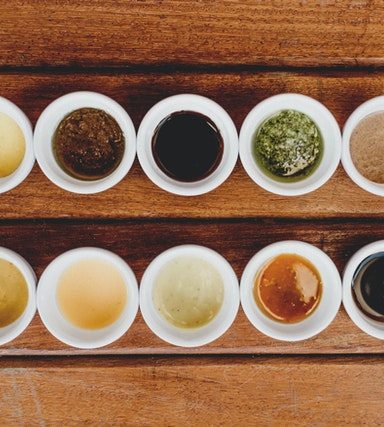Vinegar allows, among other things, to stabilize the mayonnaise thanks in particular to its acidity. It is therefore important in the composition of a mayonnaise. However, it should not overpower the other sauce ingredients either. This is why the degree of acidity and the aromatic profile are two indicators allowing you to choose it correctly. So find out which vinegar to choose to make mayonnaise?
What is the best vinegar to make mayonnaise?
Cider vinegar, white vinegar, wine vinegar, rice vinegar… So many diversities in vinegars that don't help to choose at the fateful moment when you have to make your mayonnaise. But then, do all vinegars work to make mayonnaise?
The answer is Yes, all the vinegars can be put in a mayonnaise, although their differences in aromatic profile and degree of acidity will have an impact on the taste and rendering of the sauce. This is why some are still more recommended than others. So, what is the best vinegar to make mayonnaise? Et which ones to avoid?
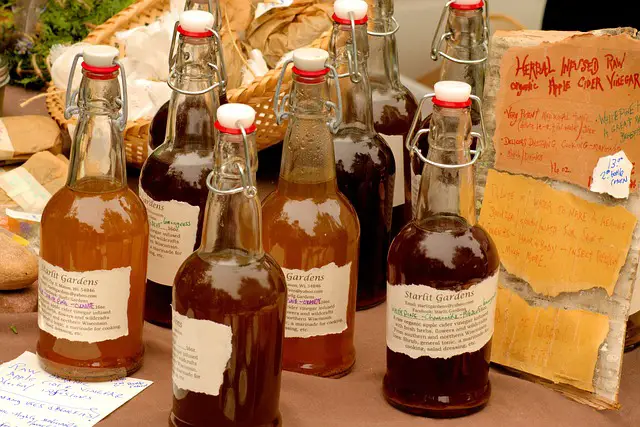
Apple cider vinegar
Apple cider vinegar is probably the best vinegar for making mayonnaise.. This is because he has a relatively neutral and mild taste and low degree of acidity (5%). It is therefore ideal for both stabilizing the emulsion and giving a hint of acidity while avoiding taking over the typical taste of the mayonnaise sauce. So if you want a mayonnaise with a taste similar to that which you know in the trade, cider vinegar is the one you need to choose.
In addition, it has been recognized, among other things, that it acts positively on the entire digestive system. What combines taste pleasure and health.
Oil is the main component of mayonnaise. His choice is essential to succeed. So, if you don't know which oil to use to make mayonnaise, we invite you to read our article: what is the best oil for making mayonnaise?
wine vinegar
Wine vinegar can also work great for making a mild tasting mayonnaise.. White or red vinegar? As you prefer ! Both work very well, but prefer wine vinegars with an acidity level of around 6%. If it exceeds 8%, avoid because they will be too acidic.
Their flavored derivatives can also work (walnut, raspberry, tarragon vinegar etc.) as well as the chinese black vinegar (rice vinegar or millet) but the taste of the mayonnaise will be quite different, ie flavored and/or fruity. So choose them only if you want a original mayonnaise sauce with very fragrant flavors. On the other hand, if you want to find the traditional taste of mayonnaise, go your way.
White vinegar
Le white vinegar or spirit vinegar is not recommended for making mayonnaise because its degree of acidity is particularly high (between 8 and 10%). It is therefore mainly used as a household product or as a food preservative. Note all the same that it remains edible and that its very neutral taste can still do the trick if you only have it in your cupboards. He will nevertheless make a more acidic mayonnaise, and it is therefore advisable to put less than if you use cider vinegar or wine vinegar.
balsamic vinegar
balsamic vinegar can be used to make mayonnaise but expect to have a pronounced taste, very different from that of traditional mayonnaise because its aromatic profile does not resemble that of the vinegars usually used to make mayo sauce. Indeed, the rather sweet and sour flavors balsamic vinegar stand out from the more neutral, acidic and pungent flavors of classic vinegars. So, instead of getting a slightly acidic mayonnaise, you will get a sauce with a fragrant and sweet taste.
What if you don't have vinegar?
If you don't have vinegar available, opt for a few drops of lemon. Like vinegar, lemon juice is an acid compound that will help stabilize mayonnaise.
In summary: what vinegar to put in a mayonnaise?
To make a mayonnaise with a mild taste, which is similar to the one we all know, it is best touse a vinegar with relatively neutral flavors and which the acidity level is less than 8%.
There is not just one that meets these criteria, although we advise you as the first choice. apple cider vinegar for all of its properties. As a second choice, comes white or red wine vinegar which also brings together interesting criteria for making a good mayonnaise sauce. And if you want a different mayonnaise with an original, pronounced taste and aromatic or fruity flavors, choose balsamic vinegar, aromatic wine vinegars (walnut, tarragon, raspberry) or rice vinegar.
Finally, you can also mix 2/3 neutral vinegar and 1/3 scented vinegar. This allows for originality, without the mayonnaise having a completely different taste.
Apple Cider Vinegar Mayonnaise Recipe
Now that you know what are the best vinegars to use to make mayonnaise according to your taste preferences, discover a simple recipe for mayonnaise with cider vinegar and rapeseed oil.
Ingredients: 1 egg yolk, 25 cl of rapeseed oil, 1 tablespoon of cider vinegar, 2 teaspoons of mustard, salt and pepper. Note: All ingredients must be at room temperature before starting the recipe.
Preparation (about ten minutes) :
- In a bowl, mix the egg yolk, mustard and cider vinegar.
- Whisk the mixture vigorously while gradually adding the rapeseed oil. Each time the mayonnaise thickens, add more oil and repeat until you run out of oil.
- Continue beating until the texture is firm.
- Finish by seasoning with salt and pepper according to your taste and mixing well with a spoon.
You can of course use an electric whisk or a robot because by hand it will take you between 5 and 10 minutes to obtain a firm consistency. Warning: never stop beating because the emulsion may not be made. If the texture is too thick, you can add 1 teaspoon of water at the end.
If your mayonnaise is too bitter, read our article about it: how to remove bitterness from mayonnaise?

